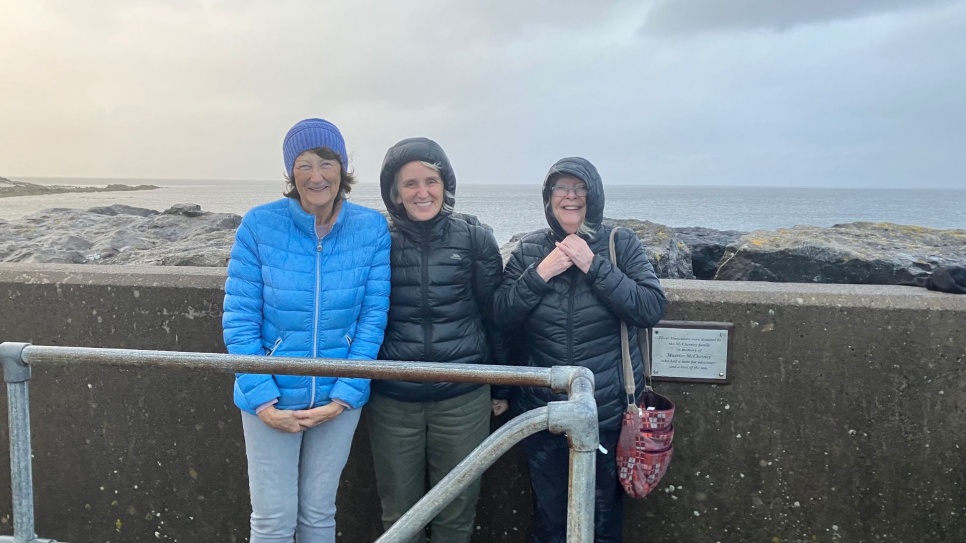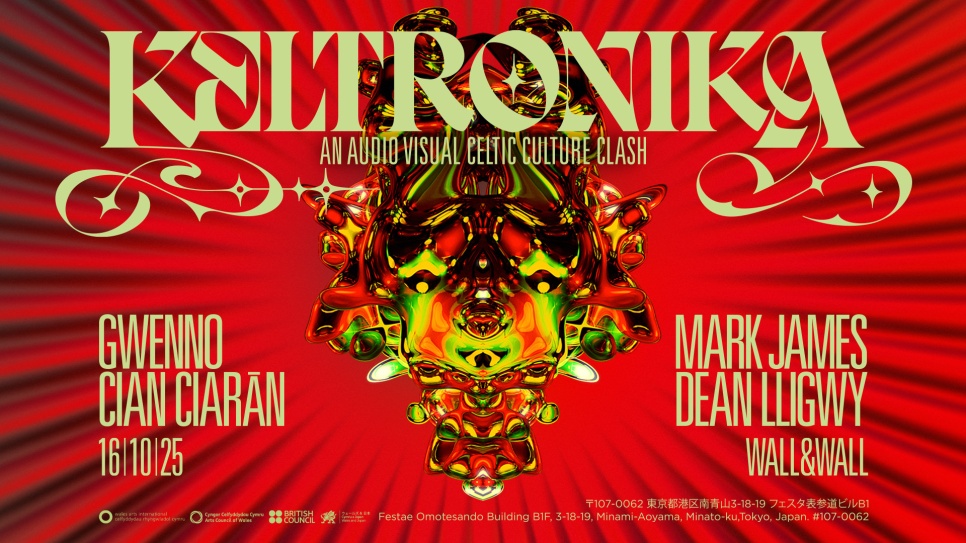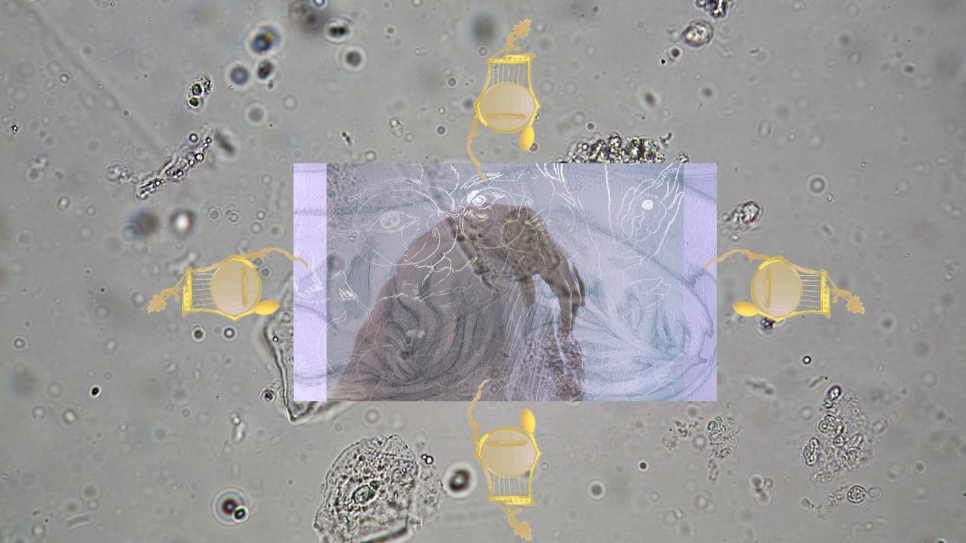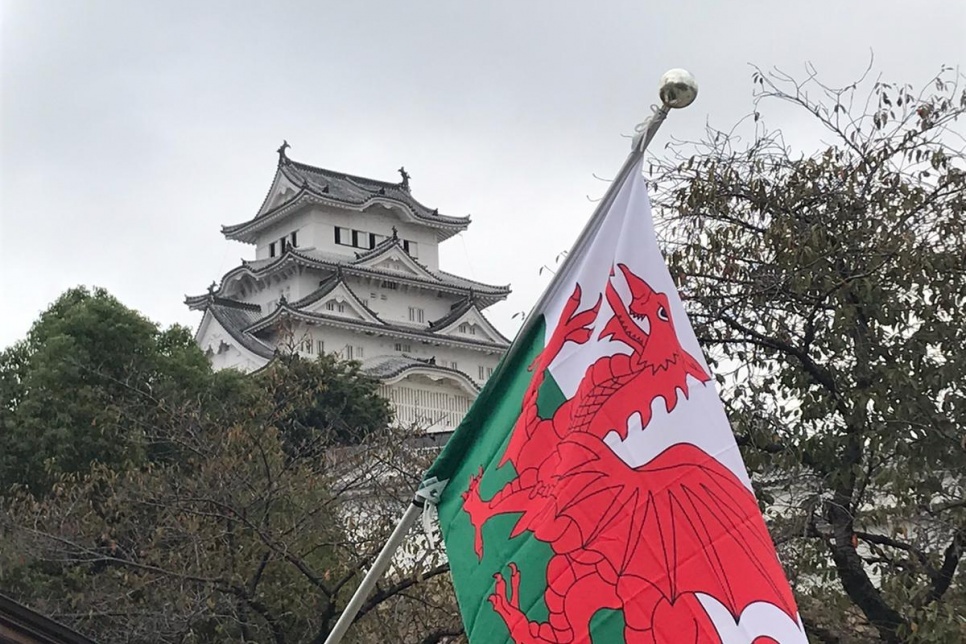The Gwrando programme was created as part of the United Nations Decade of Indigenous Languages and to allow artists to listen and learn from the many endangered Indigenous languages of the world. Here is Veronica Calarco talking about their project and journey so far.
Gwrando Dwfn developed deep listening and reciprocity between artists in Australia, Iwerddon (Ireland) and Cymru (Wales) by creating a space for the artists to reframe how we learn from each other and share knowledge of each other’s cultural, linguistic and creative explorations.
Which Indigenous language / community have you been listening to?
I have been listening to Australian:
Kalkatungu (Mt Isa area, North Queensland, Ricky Emmerton);
Walmajarri (Tanami desert of south east Kimberleys, Western Australia, Susan Nampitjin Peters);
Wurundjeri (Melbourne area,Victoria, Brooke Wandin);
Irish: Eileen Keane and Fidelma Ní Ghallcobhair
Cymraeg: Angharad Jenkins
Who have you been collaborating with?
I collaborated with seven artists from five different language groups and three countries. The artists selected for this project had all consciously chosen to incorporate their languages into their lives, i.e. the language that surrounds them is English, but they all sought opportunities to make their traditional language part of their work and their lives, whether the language is one that they had learnt the language from birth or whether they had to find the language as adults.
All the artists are working in different ways to know and hold on to their language and finding ways to get the language out there. This project gave them time to focus on their language and to explore their passion for their language with other creatives.
What would you like to share about your journey?
By having time, space, and developing a way in which to work, we can retell the stories and show the importance of the words remaining in the heart and mouths of the Indigenous people.
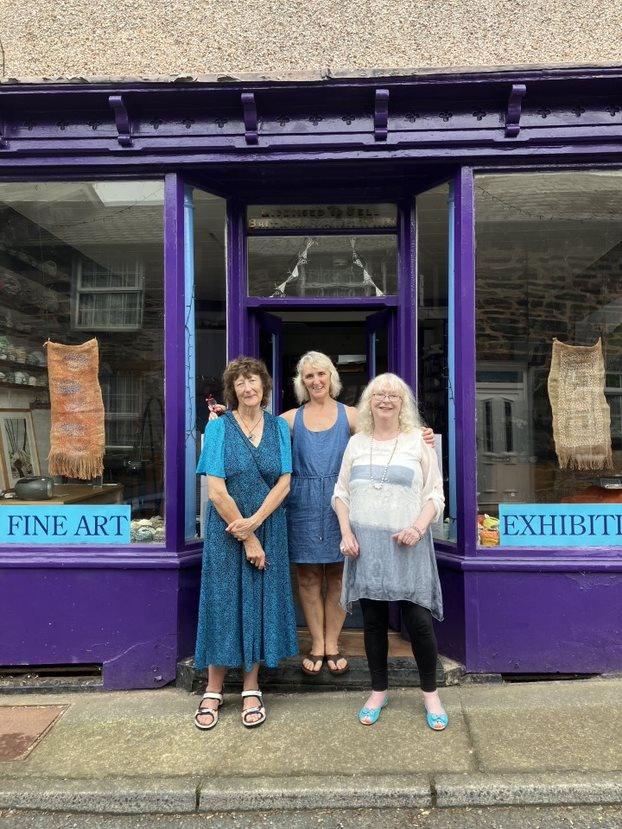
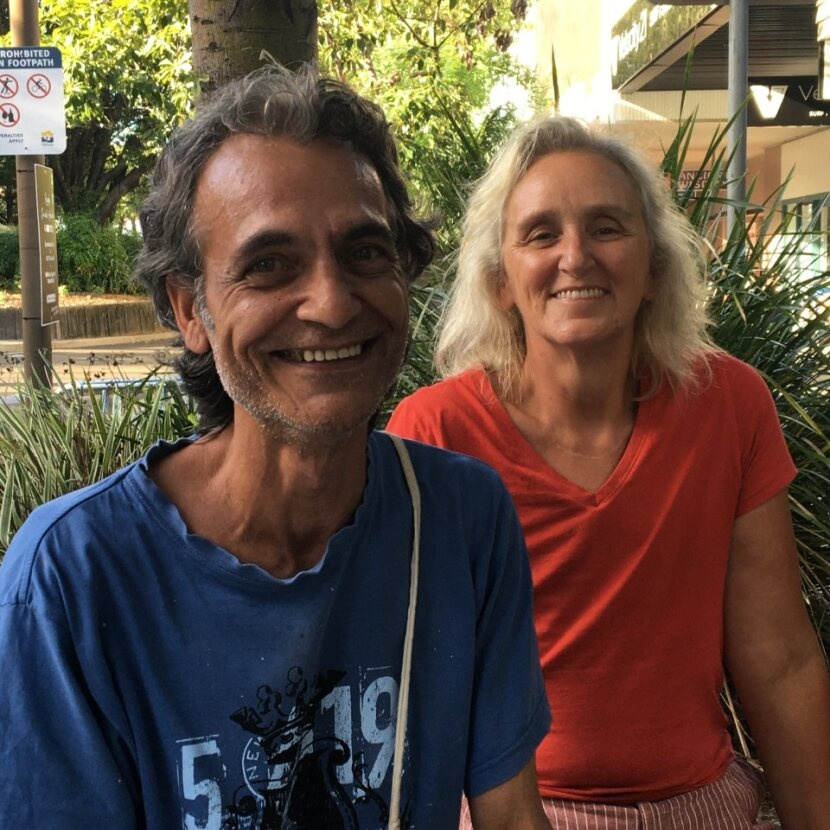


What are your aspirations for the United Nations decade of Indigenous Languages?
2019 was announced as the year of Indigenous languages and at the time I thought that a year was not enough to jump the great divide - as David Crystal describes the knowledge gap between the academic world and the general public awareness (2003), to get the knowledge out there that we need to start listening. It was wonderful when UNESCO initiated the decade of Indigenous languages and it means that people and organisations can work on longer-term projects and maybe establish long-term initiatives to protect and grow indigenous languages.
I would like this decade to be the decade in which artists, writers and creatives all work together to get the message out there – that we start to understand that landscape (our environment, our country) is an important but unacknowledged aspect of language – that language comes from the land, is formed by the land and this knowledge in turns forms how we view and use the land. That by stopping language loss, allowing languages to awaken and grow again we will also stop the loss of knowledge which is contained in language and which could help us to find a way in which to heal the land we are so bent on destroying.
What is the one practical lesson you have learned that you want to share with other artists who would work with Indigenous languages?
To understand what culture and language means to people, to their survival and their confidence, even if it’s a language and culture that they have worked hard to reawaken. This means, that as an artist, you have to develop your listening skills to what people, who you are wishing to learn from, are really saying and understand that not every person is handed their language and culture at birth.

